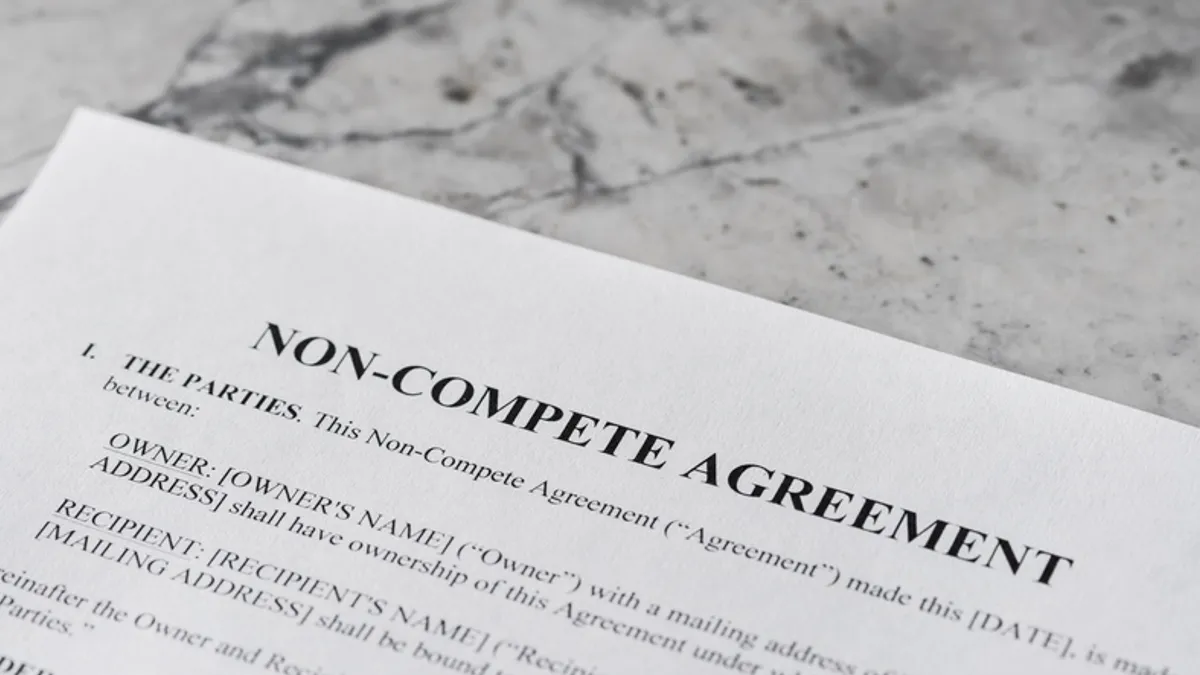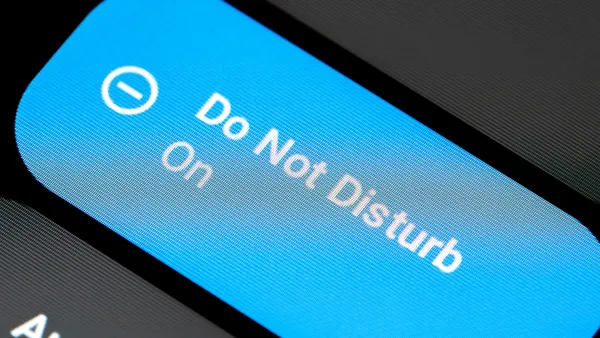A deeply polarized Supreme Court heard arguments October 16 involving San Francisco’s challenge to the EPA’s water pollution standards.
Under the Clean Water Act, San Francisco must have a permit to ensure that its discharge of untreated sewage into local waterways does not hurt water quality or people’s health. The city claims, however, that the EPA’s generic prohibitions impose unclear requirements that fail to tell permit holders how to control sewage discharges.
Trade groups backing the city agree, claiming in briefs filed with the Court that the EPA’s vague standards could lead to devastating penalties and litigation.
“They [the EPA] might as well have said, ‘Don’t violate the Clean Water Act.’ The standards don’t tell us anything,” San Francisco’s attorney Tara Steeley told the justices.
Among the trade groups backing San Francisco are those representing companies in extraction industries, like mining and oil drilling, and others that can produce waste that needs to be discharged, like farming.
Representing the Biden administration, Assistant Solicitor General Frederick Liu pushed back on that argument. “To be honest, these standards are much more specific than a general tort regime,” Liu said. He added that San Francisco’s problems were of its own making in asserting that the city had not provided information about its own sewer system to the EPA for the last 10 years despite requests from the agency.
But Justice Brett Kavanaugh and Chief Justice John Roberts appeared concerned that the EPA’s standards lacked specificity. Kavanaugh told the city’s attorney near the end of her argument, “The overarching problem is you don’t know your obligations ahead of time and you could be on the hook for millions for something you didn’t know you needed to do.”
Meanwhile, Roberts noted that San Francisco wasn’t the only contributing polluter in asking Liu, “What about when there are multiple industries? How do you allocate responsibility for that?”
Justices Elena Kagan, Sonia Sotomayor and Elena Kagan all appeared supportive of the EPA. For instance, Kagan pointedly told Steeley, “What I don’t hear you saying is why the EPA can’t do this.” Sotomayor added, “The permit tells you what you can and cannot discharge.”
The Ninth Circuit Court of Appeals ruled last year in favor of the agency, holding that the EPA may issue permits that contain generic prohibitions against violating water quality standards. At the Supreme Court, 13 states (including California) are supporting the EPA.
While the Court has repeatedly limited agency power under federal law in a series of decisions, there is another option available to the justices.
For instance, after Liu claimed San Francisco had not provided information the EPA needed, Justice Samuel Alito wondered aloud, “Are you saying we shouldn’t have granted cert. In this case?” Liu responded, “I am saying that.”
Such a result, however, could be unlikely. Within the last two years, the Supreme Court has rejected the Biden administration’s effort to reduce smog and air pollution crossing state lines and limited the EPA’s ability to regulate wetlands under the Clean Water Act.










